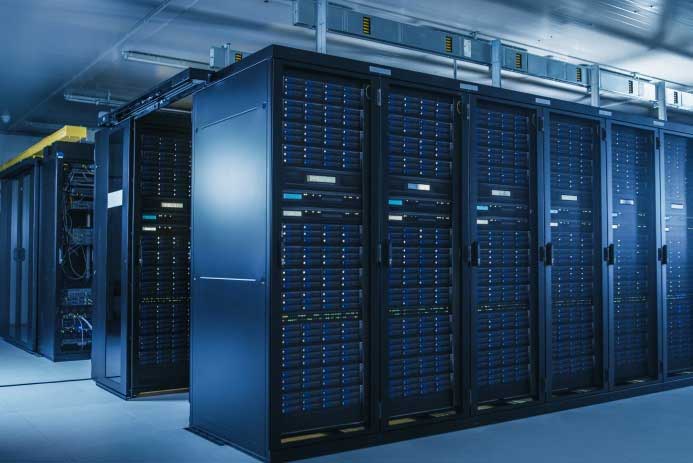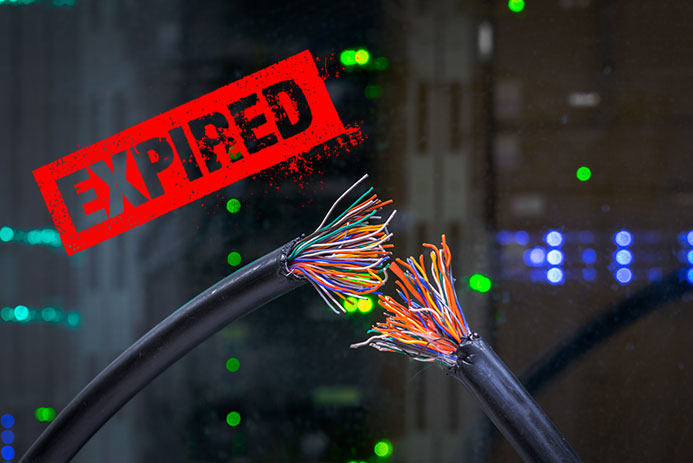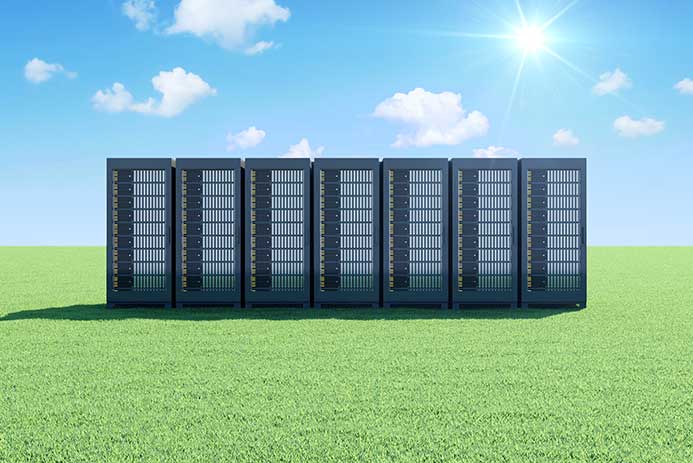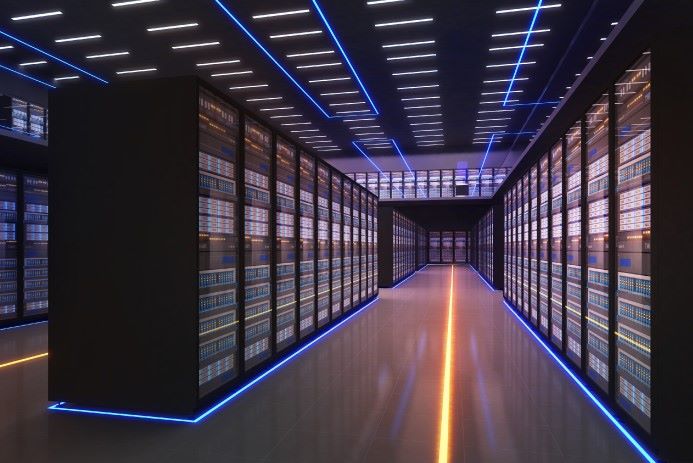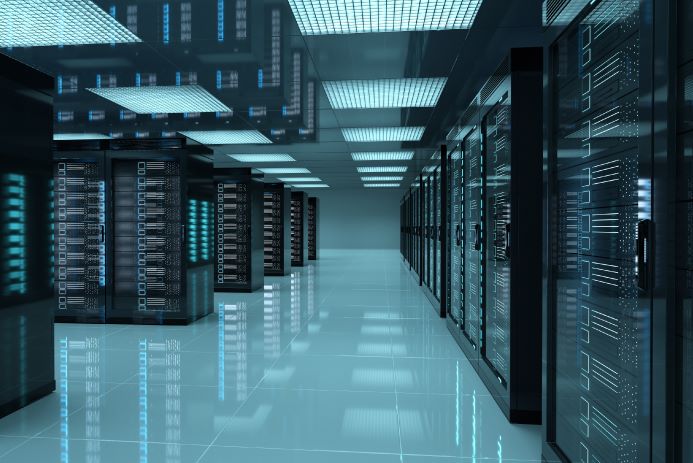In today’s digital era, businesses heavily rely on data and uninterrupted IT infrastructure. As companies grow, their data center needs evolve. Colocation data center provide the necessary computing, storage, and networking resources for modern enterprises. According to the Economic Times, the Indian data center market witnessed a remarkable 48% growth over the past three years, increasing from 540 MW of installed capacity in 2019 to surpassing 800 MW in 2022.
Instead of building and operating their own data centers, businesses can opt to rent or lease capacity from remote colocation providers, accessing them over a wide area network (WAN) like the internet. This allows businesses to avoid the complexity and expense of traditional data centers while still benefiting from their services.
But how can businesses determine when it’s the right time to make the move? Let’s look at some of the key business indicators that signify the need to transition to colocation data centers. By understanding these signs, businesses can make informed decisions that align with their growth strategies and operational requirements.
Expanding IT Infrastructure:
One of the first indicators that a business should consider colocation is the rapid expansion of its IT infrastructure. As companies scale, their data storage, processing power, and network requirements grow exponentially. Managing this increased demand in-house can strain resources and hinder operational efficiency. Colocation data centers provide scalable solutions that can accommodate evolving infrastructure needs, ensuring seamless performance and reliability.
Reliability and Uptime Concerns:
Downtime can have severe consequences for businesses, leading to revenue loss, damaged reputation, and customer dissatisfaction. If a company’s existing data center struggles to maintain reliable operations or experiences frequent outages, it’s a clear sign that a transition to a colocation facility is worth considering. Colocation providers offer robust infrastructure, redundant power systems, advanced cooling mechanisms, and 24/7 monitoring, significantly reducing the risk of downtime.
Cost Efficiency and Scalability:
A full-featured data center is expensive. Cost efficiency and scalability are important factors in data centers. Building and maintaining a full-featured data center is expensive, with high construction and operational costs. Colocation data centers offer cost efficiency through shared infrastructure, economies of scale, and predictable pricing models. They also provide scalability, allowing businesses to adjust IT resources as needed, optimising costs and resource utilisation.
Enhanced Security and Compliance:
Businesses prioritise data security due to the escalating cyber threats. Colocation data centers offer advanced security measures such as multi-factor authentication, video surveillance, fire detection, and robust access controls. The data center must also implement several layers of network security to protect against cyber-attacks like firewalls, intrusion detection systems, and DDoS protection systems. Additionally, businesses must comply with increasing government regulations impacting application usage, data management, and security.
Meeting data residence requirements of various nations or geopolitical areas can be challenging for a single data center. Colocation services help satisfy regulatory demands without the need for costly construction. Colocation facilities are designed to meet industry compliance standards, ensuring data privacy and regulatory adherence, especially vital for regulated sectors.
Geographic Reach and Disaster Recovery:
For organisations seeking geographic redundancy or expanding their operations to new locations, colocation data centers offer a viable solution. By leveraging a network of interconnected facilities, businesses can establish a presence in multiple regions without the need for building and managing individual data centers. Additionally, colocation providers often offer comprehensive disaster recovery services, enabling swift data restoration and minimising downtime in the event of a natural disaster or other unforeseen circumstances.
Performance:
In the current landscape, businesses demand a global presence, which entails providing worldwide access to applications and data. However, relying on a single data center proves challenging in meeting the extensive demands of global users. Even when a business makes the investment in costly network bandwidth, physical realities of network latency, congestion and connectivity can lower workload availability and performance for remote users potentially affecting user satisfaction and workload use. Colocation empowers businesses to position workloads and data in proximity to users across various geographical regions, ensuring optimal workload performance without necessitating the construction of additional facilities.
Transitioning to colocation data centers becomes apparent as businesses grapple with growing IT infrastructure, reliability concerns, cost management, data security, and geographic expansion. Embracing colocation offers scalable, reliable, cost-effective, and secure infrastructure, allowing organisations to focus on core competencies and drive success in the digital landscape.
Yotta, a leading provider of colocation services, equipped with advanced security measures, redundant power systems and robust cooling mechanisms, offers a comprehensive range of solutions to meet evolving business needs.
The Yotta NM1 data center in Mumbai offers a host of advanced features, ensuring an optimal environment for business infrastructure. With an impressive 7200 rack capacity, 30.4MW power capacity, and 4 dedicated fibre paths, the data center boasts a remarkable design PUE of 1.4. Notably, it holds the distinction of being the first and only facility in India to receive validation with a Tier IV Gold Certificate for Operational Sustainability (TCOS) from Uptime Institute. The Yotta D1 data center in Greater Noida sprawls across 300,000 sq. ft and strategically situates itself near major innovation clusters. This location facilitates industry-leading uptime, connectivity, and fault tolerance. The facility stands equipped with 5000 rack capacity, 28.8MW power, and an impressive design PUE of 1.4.















